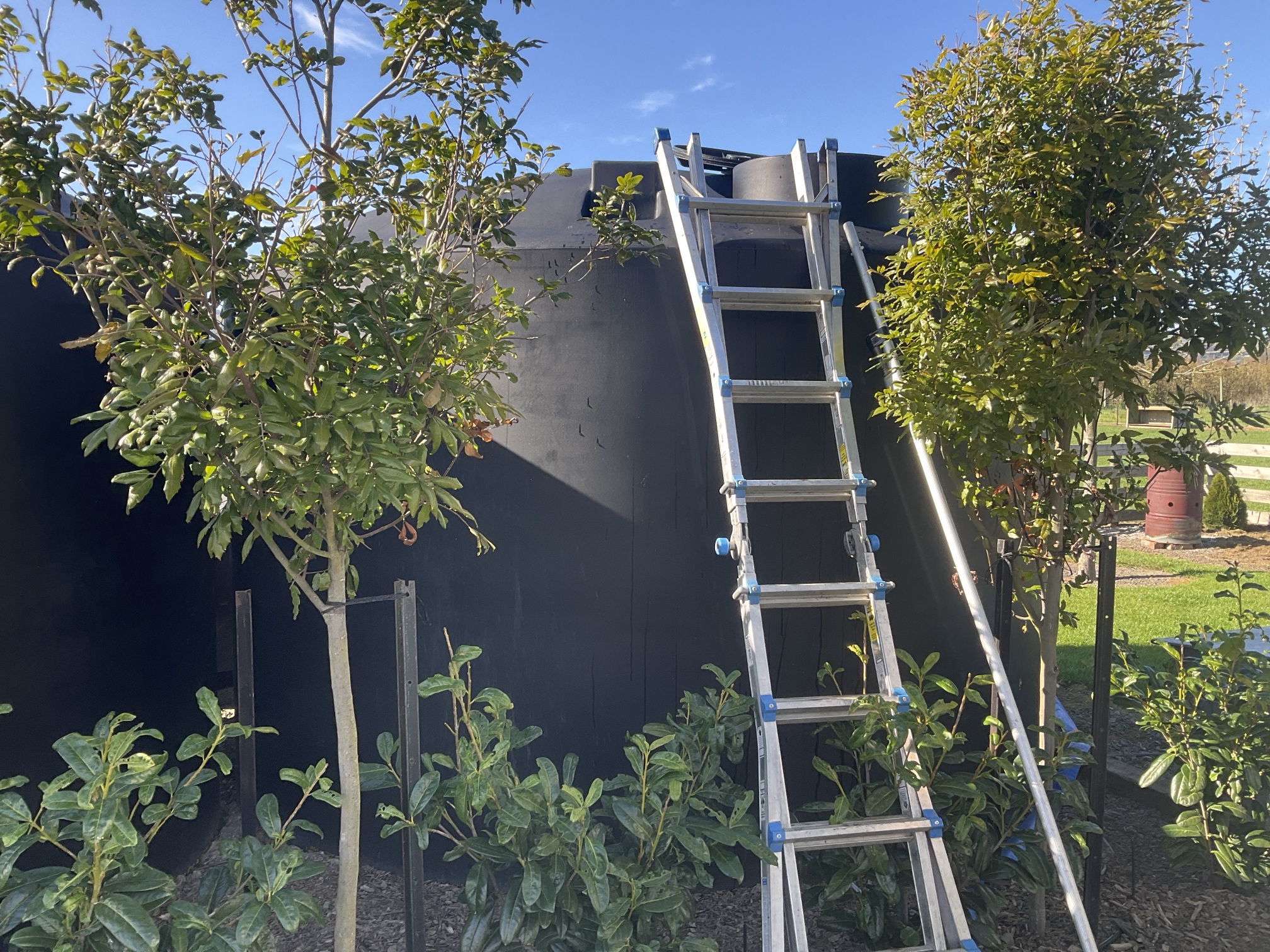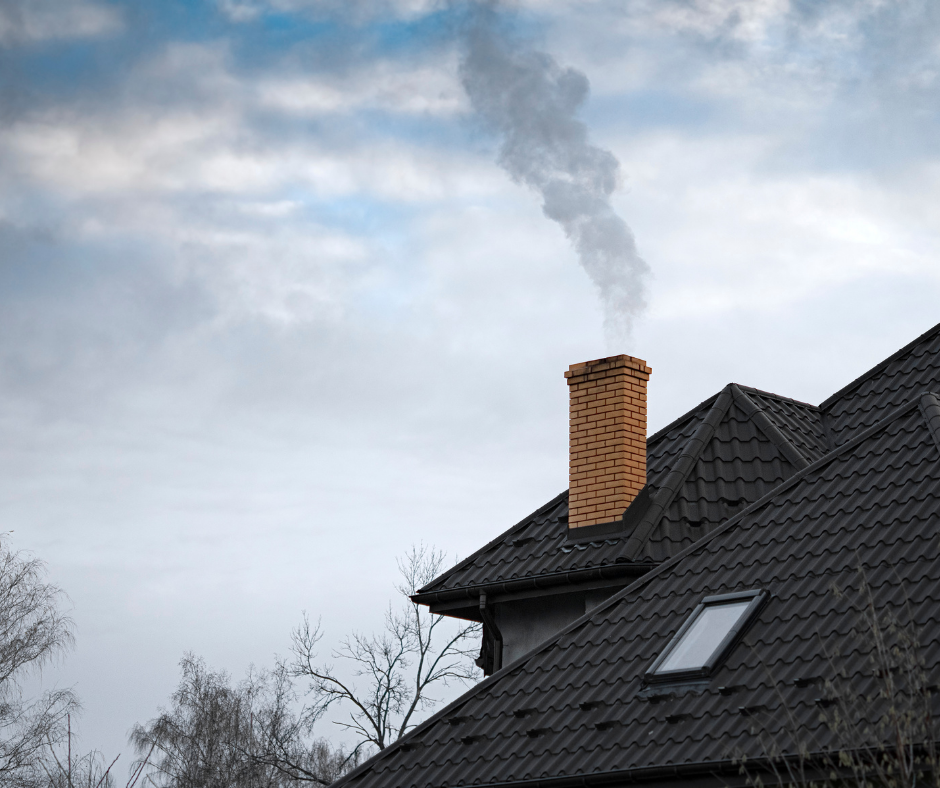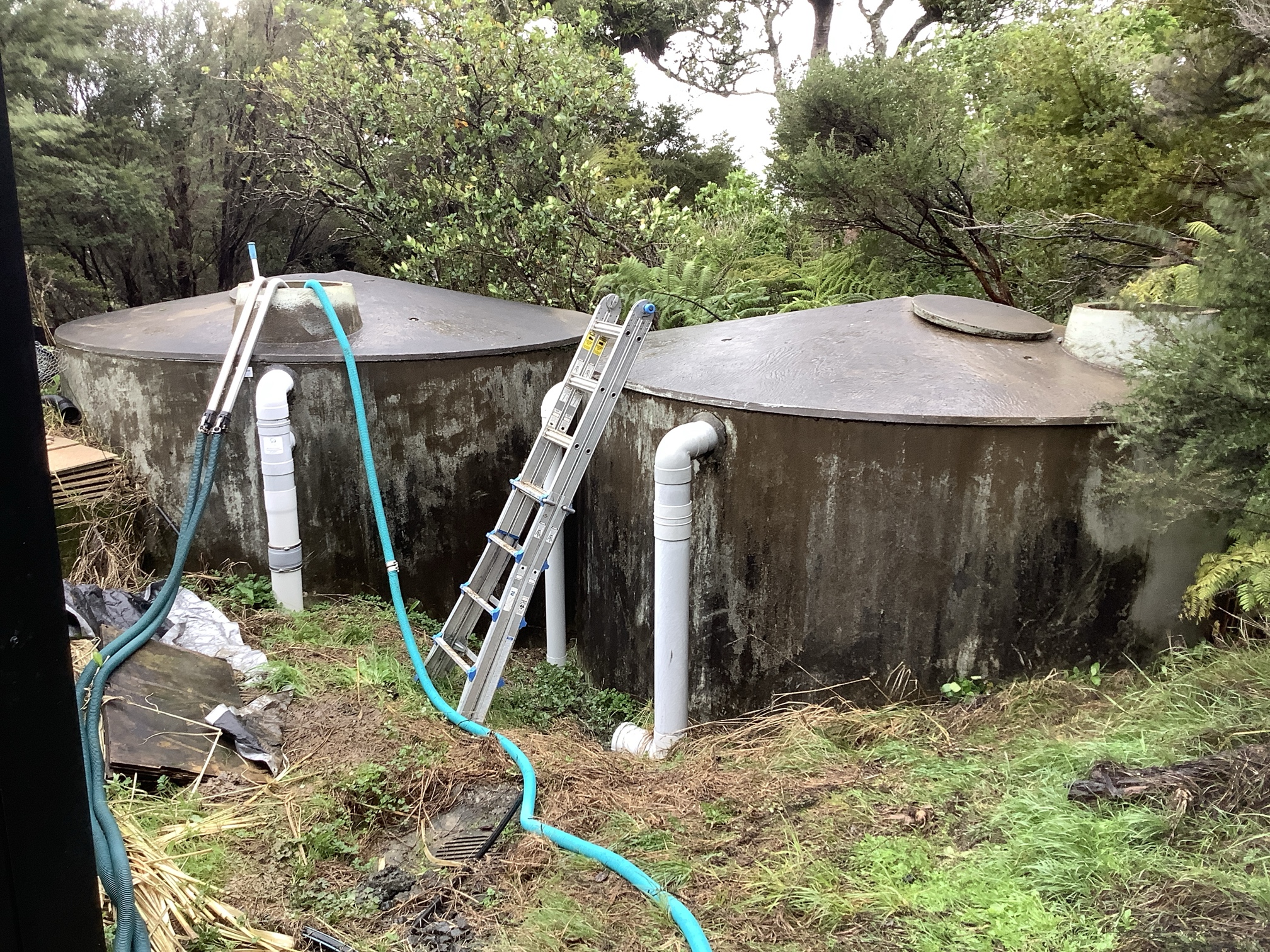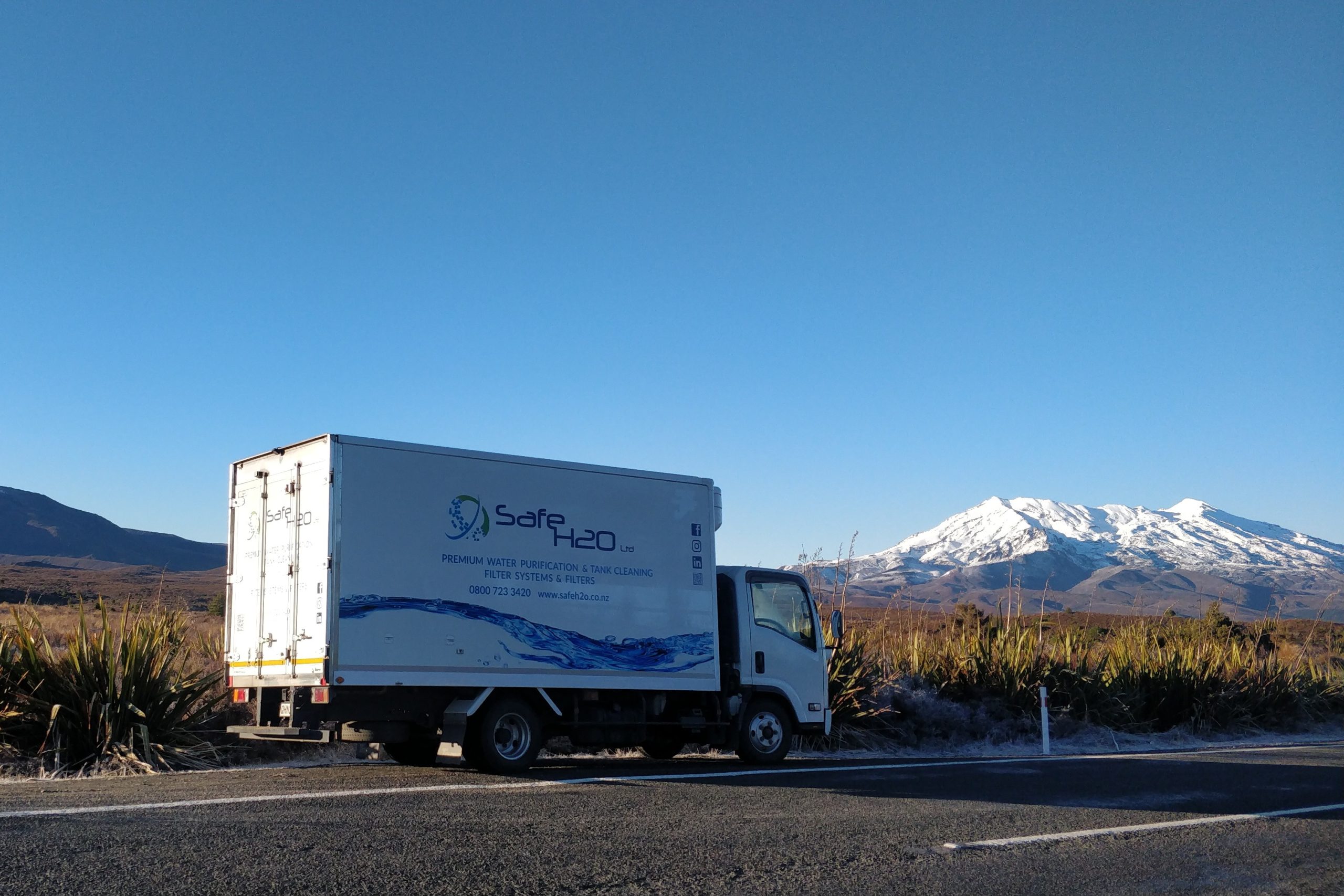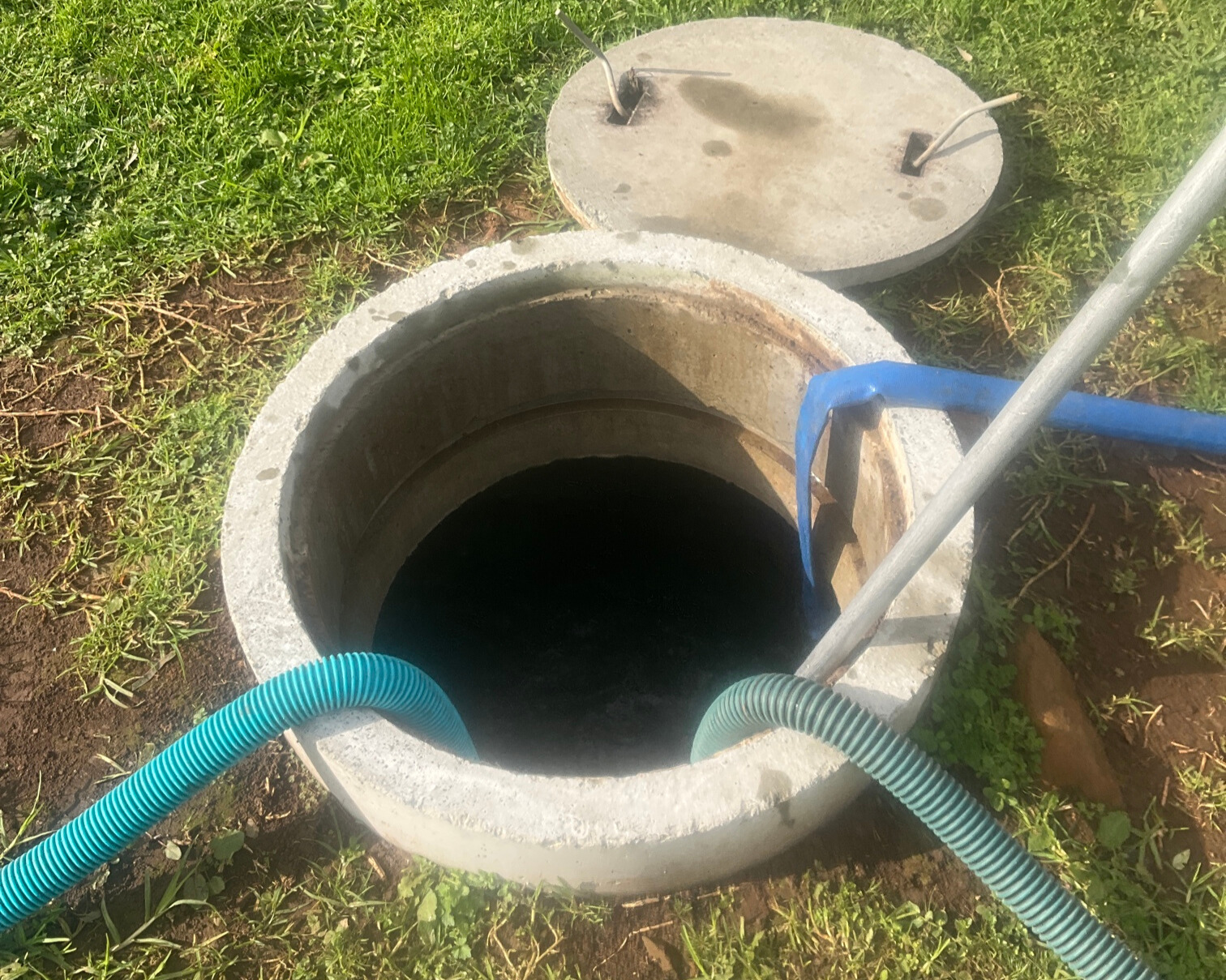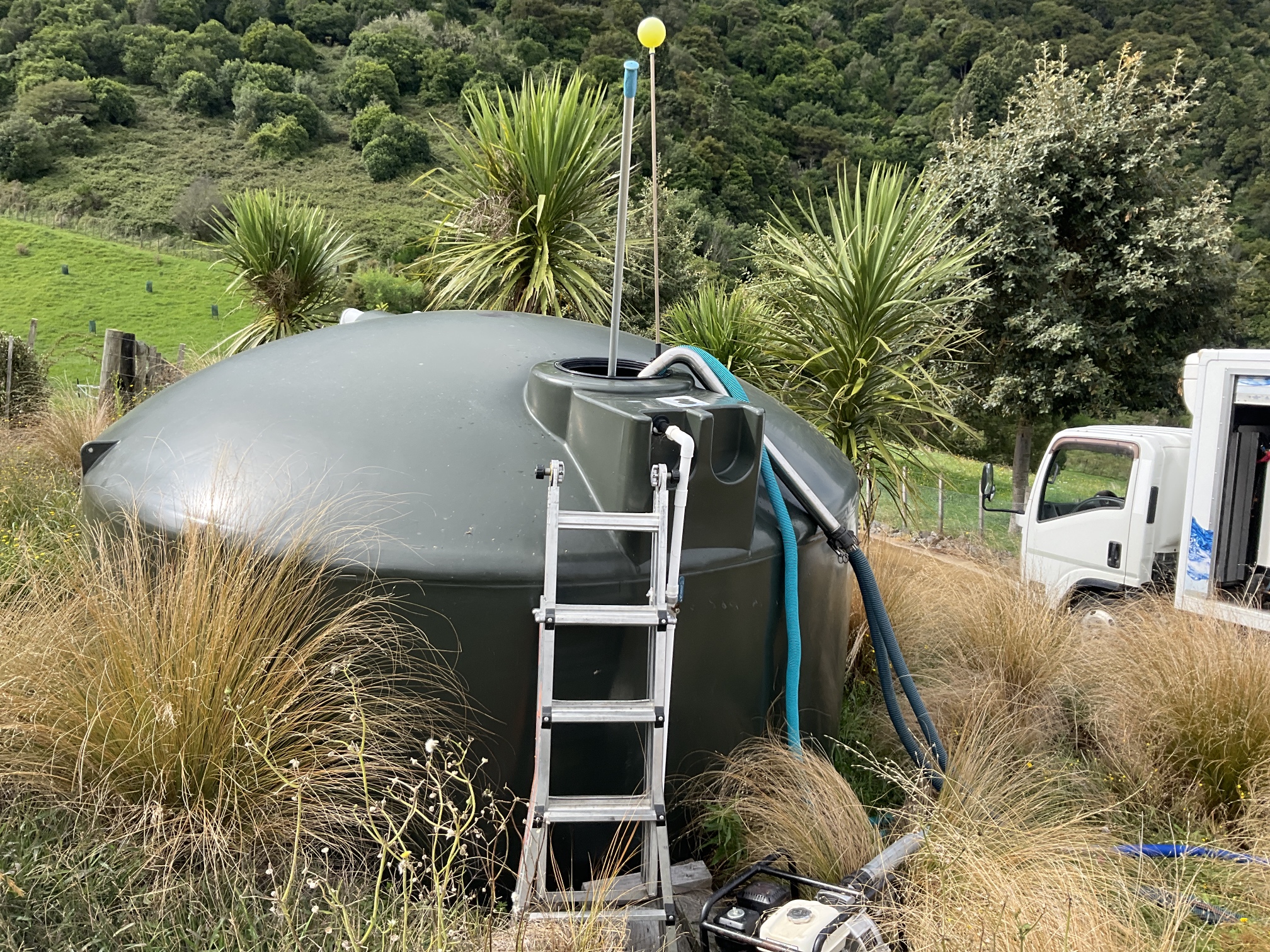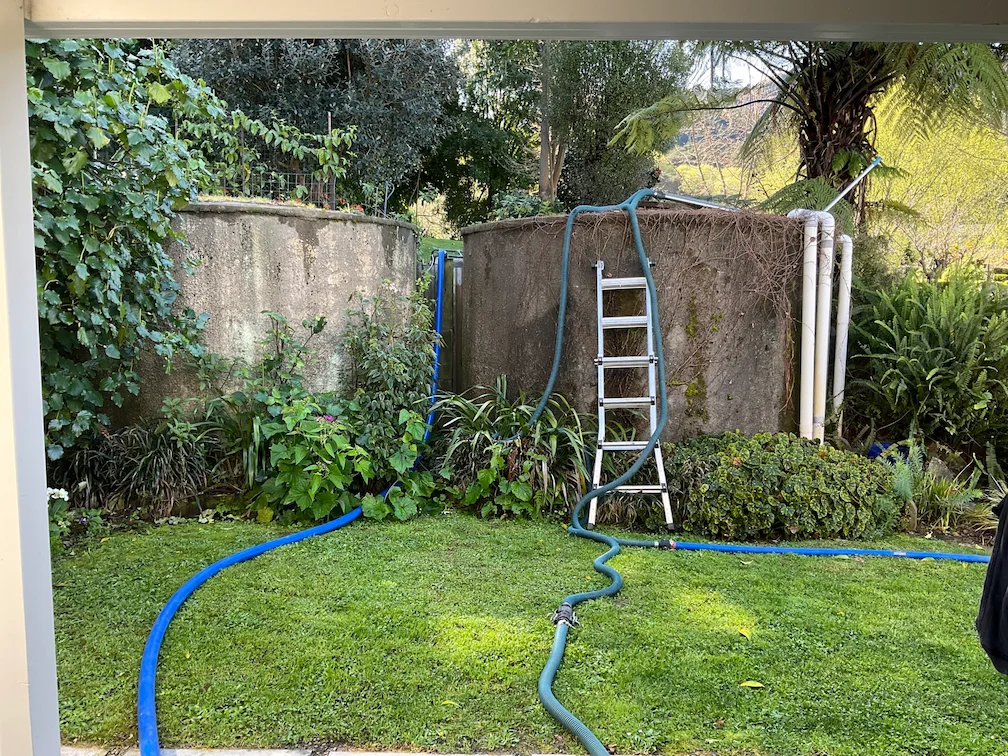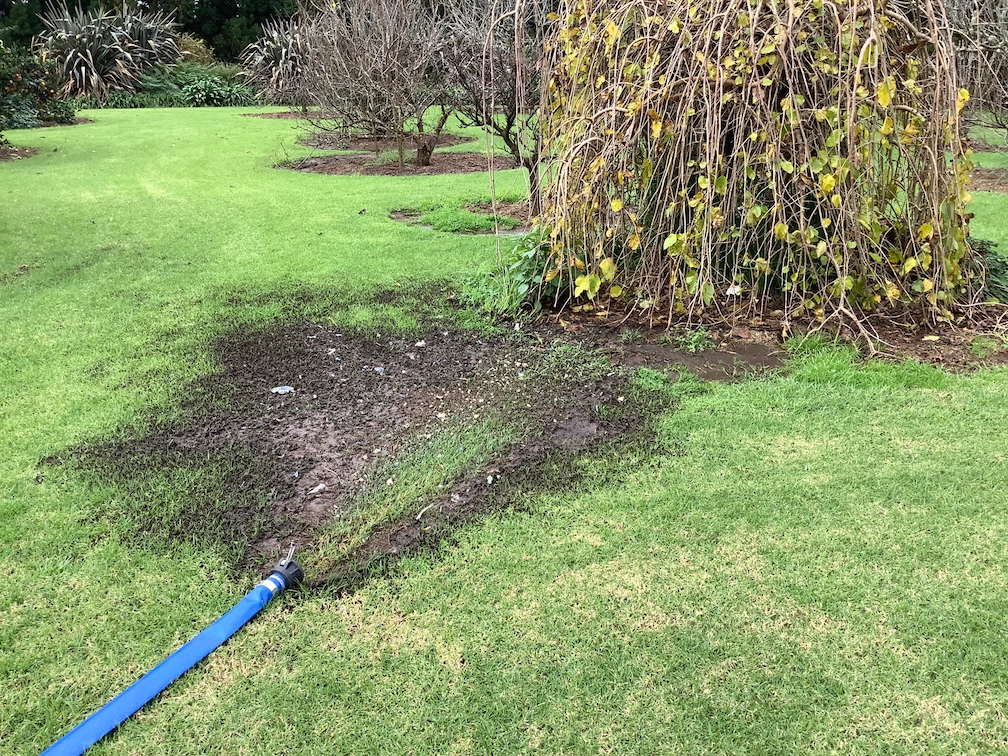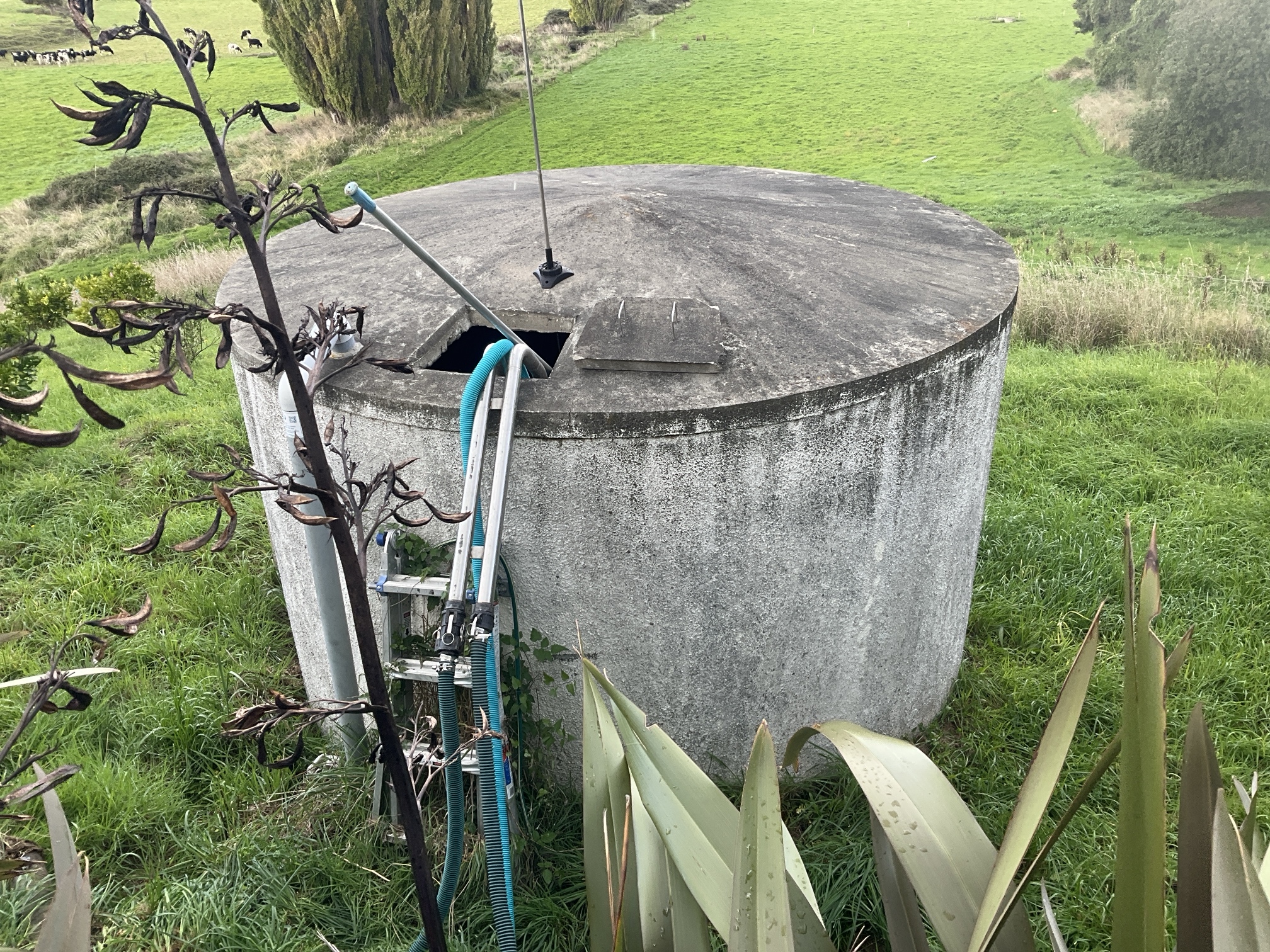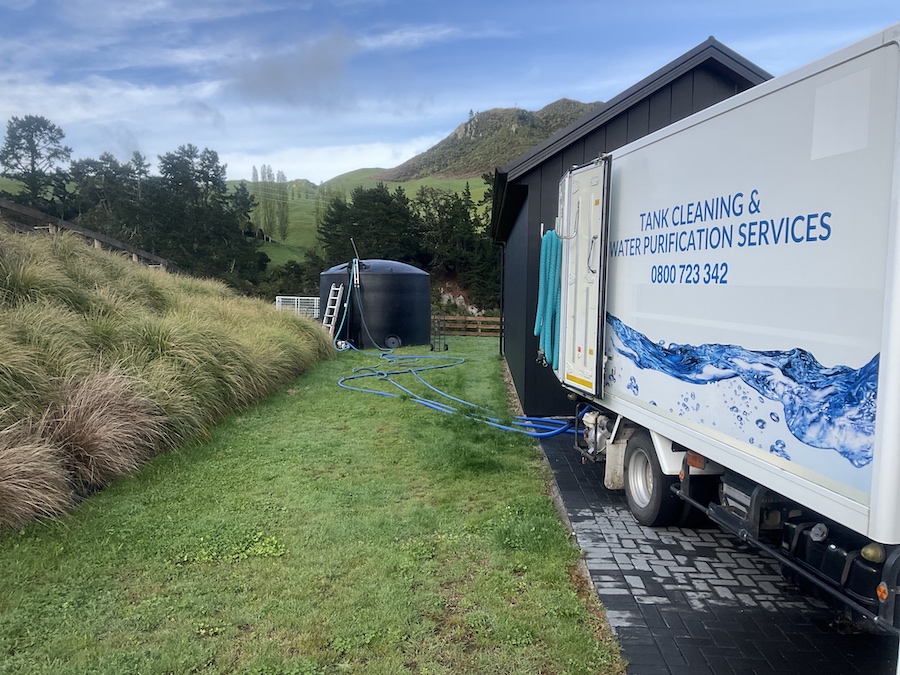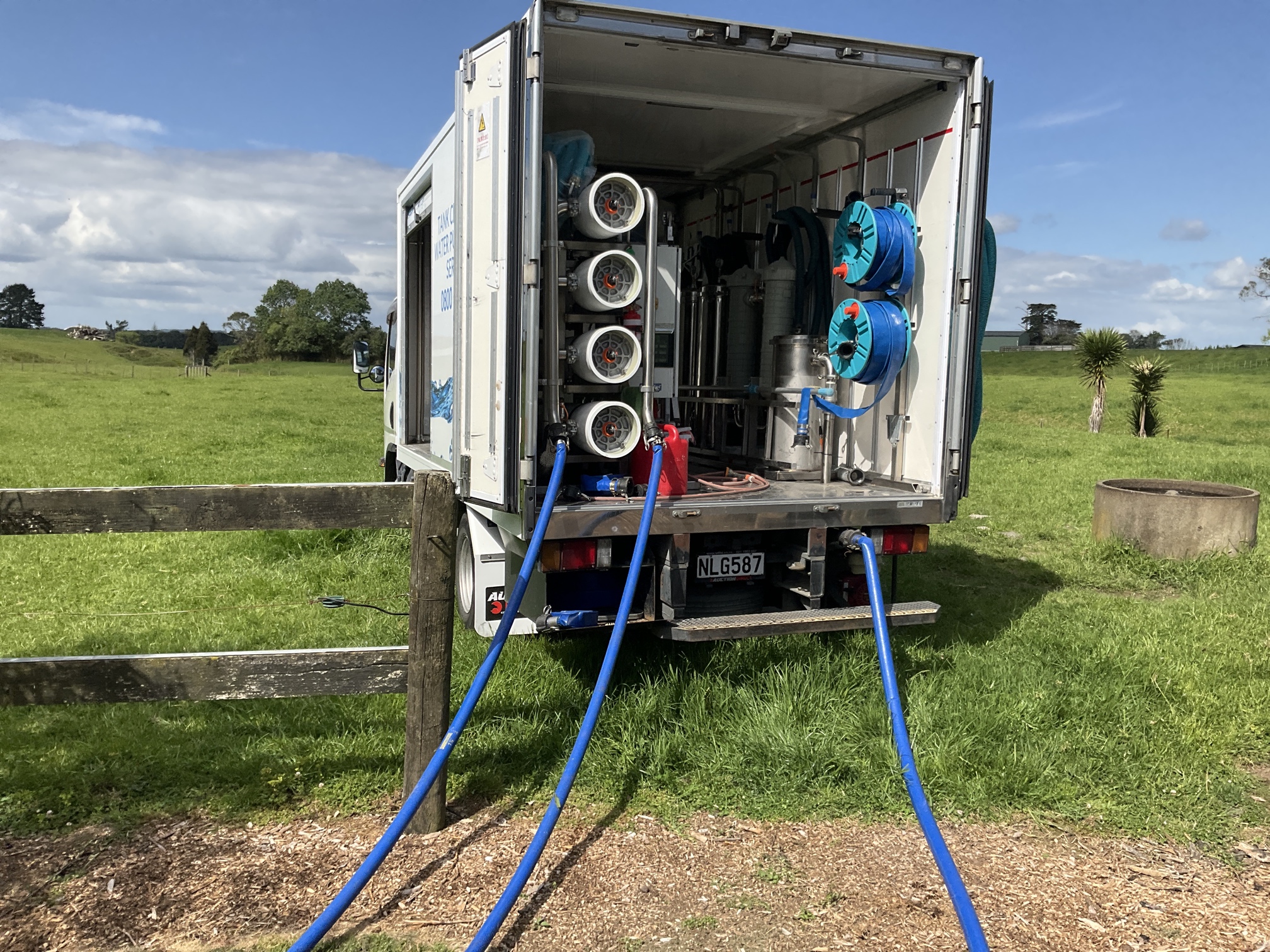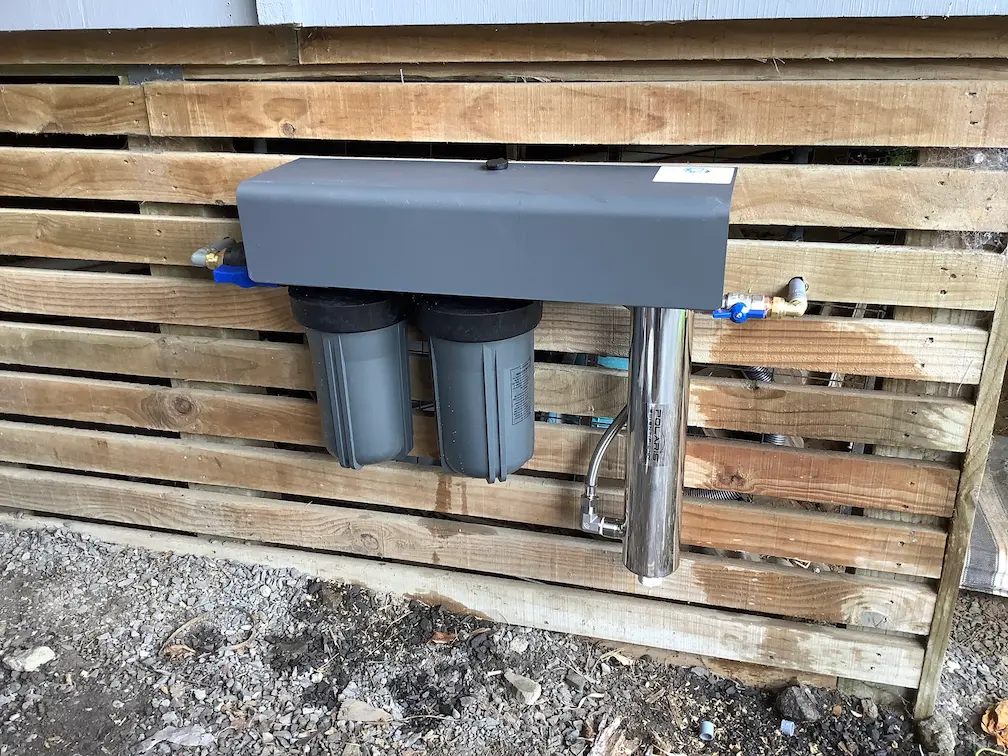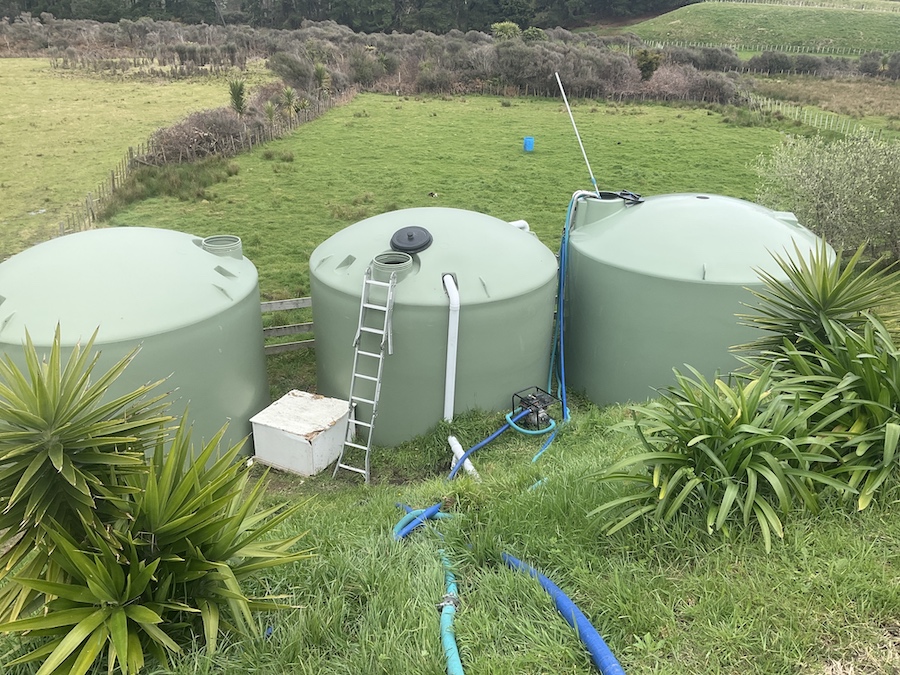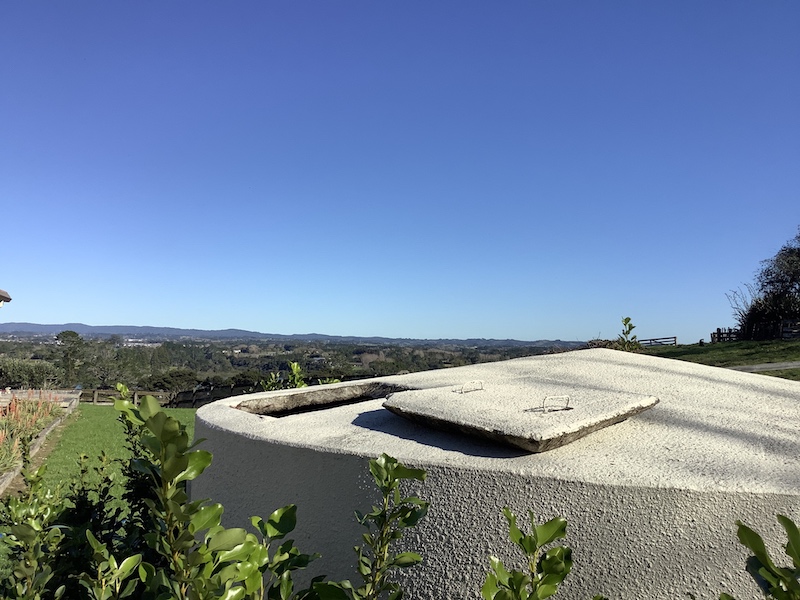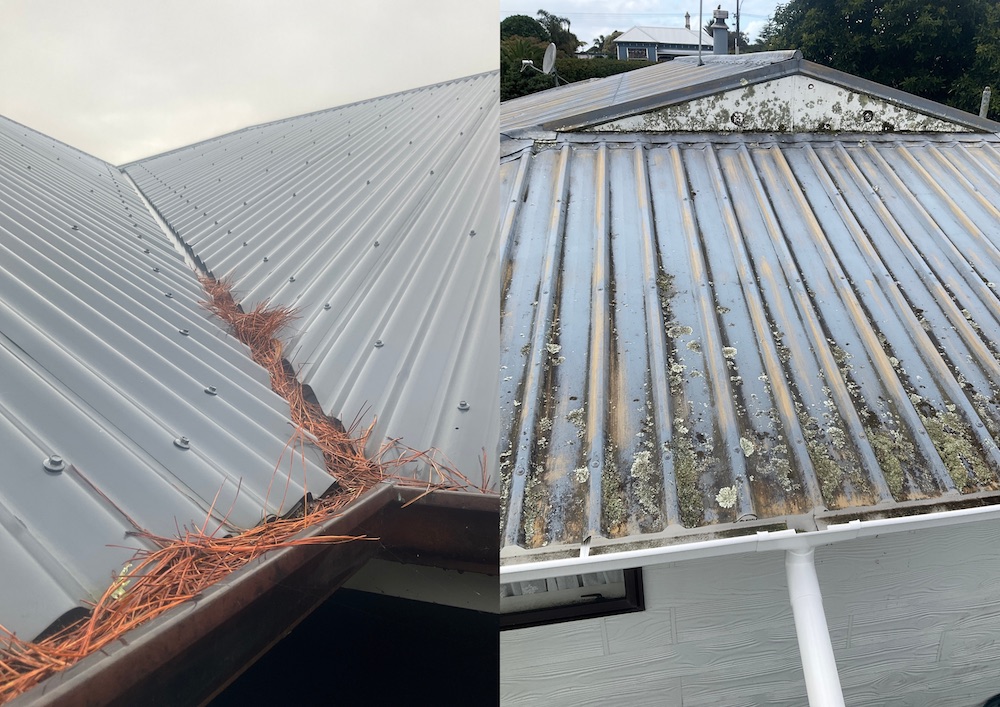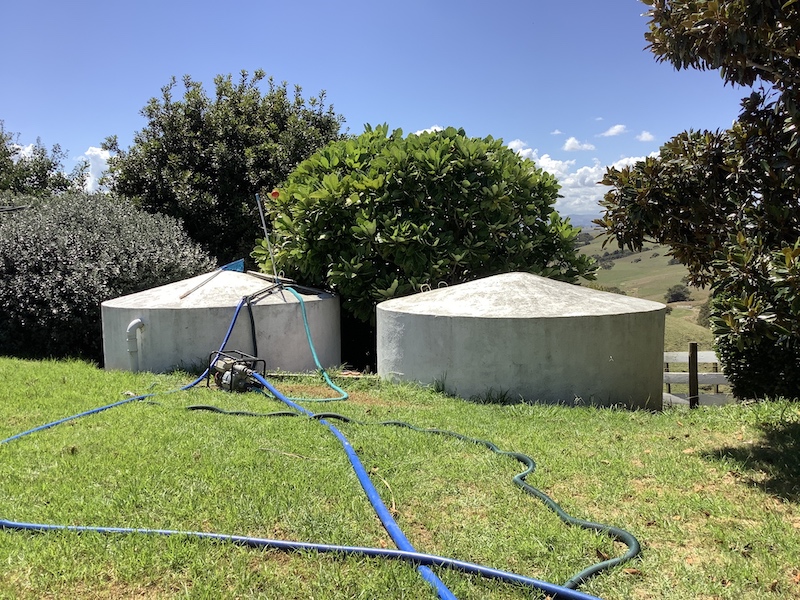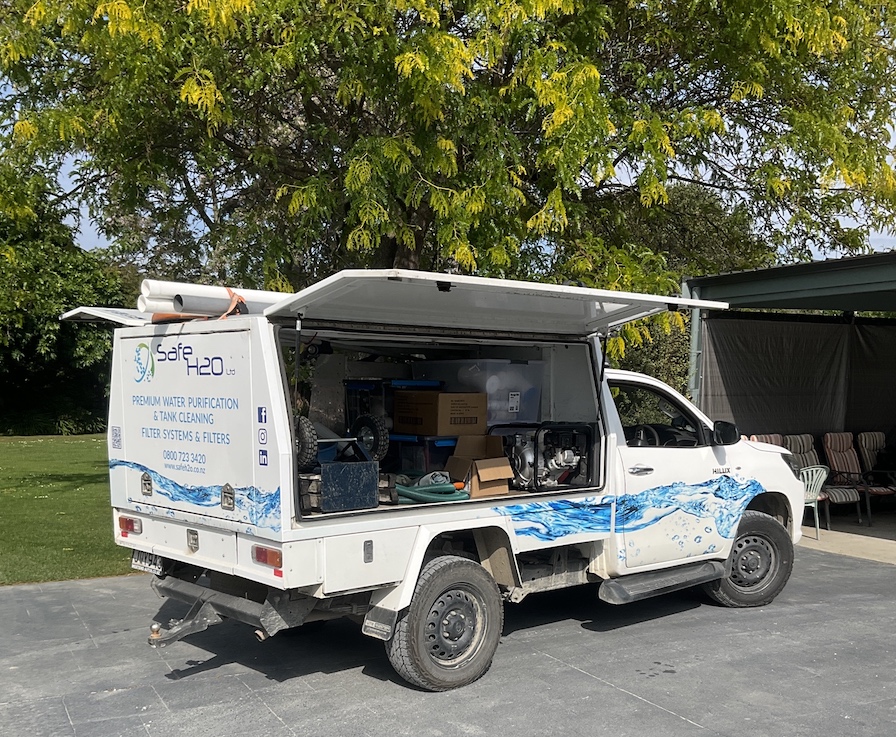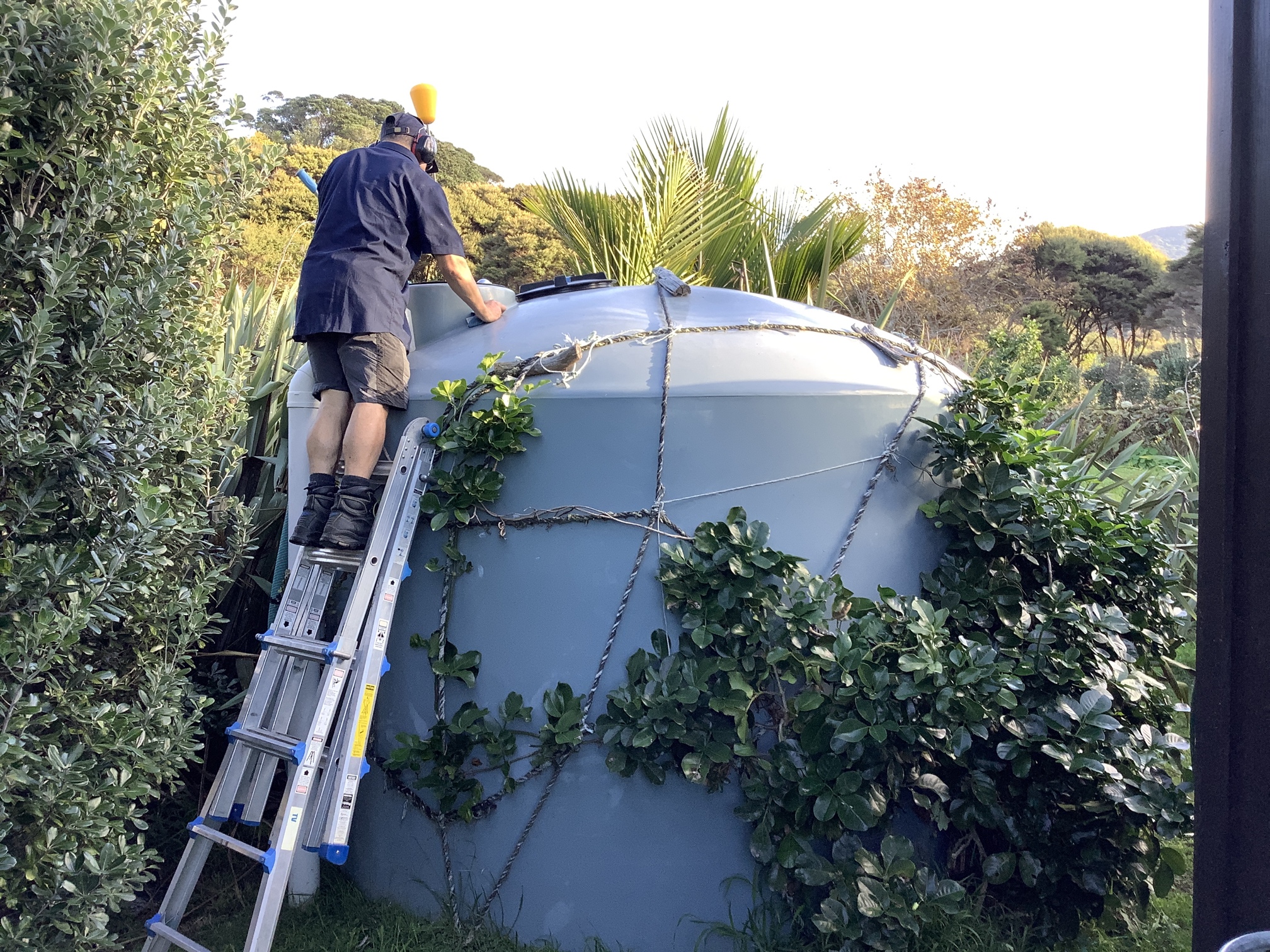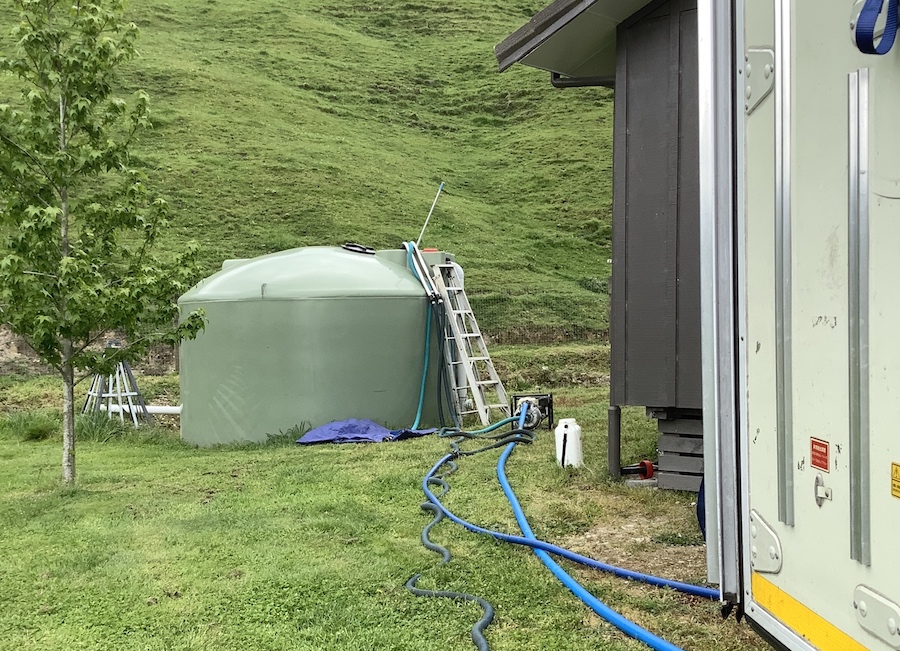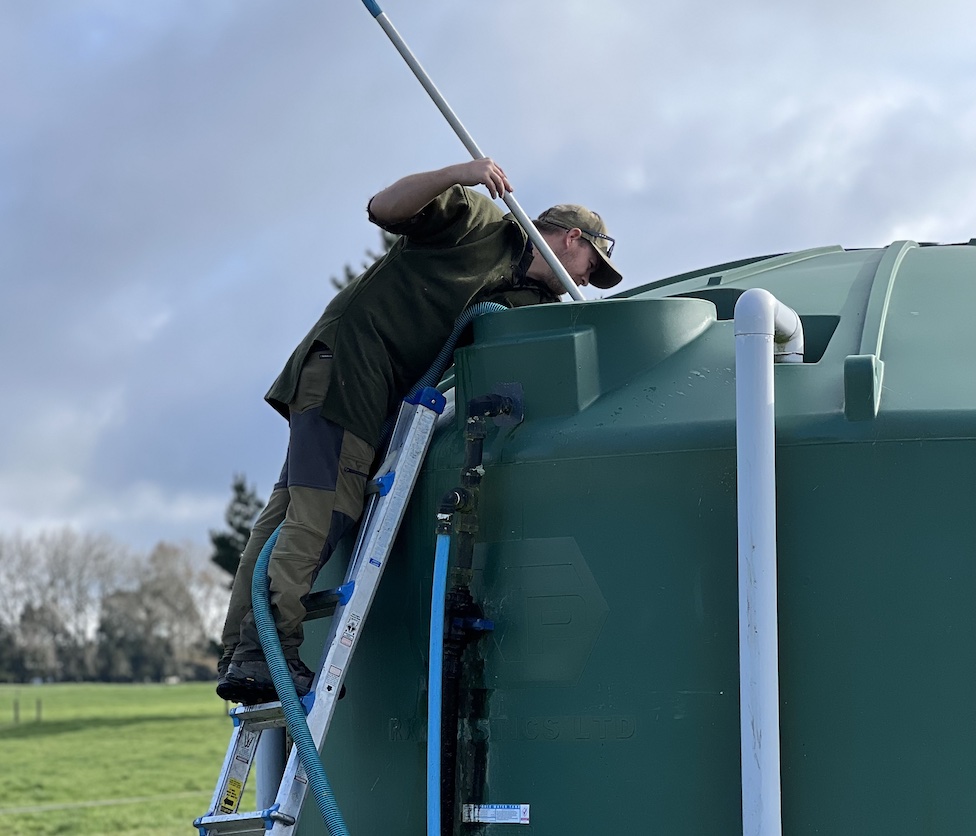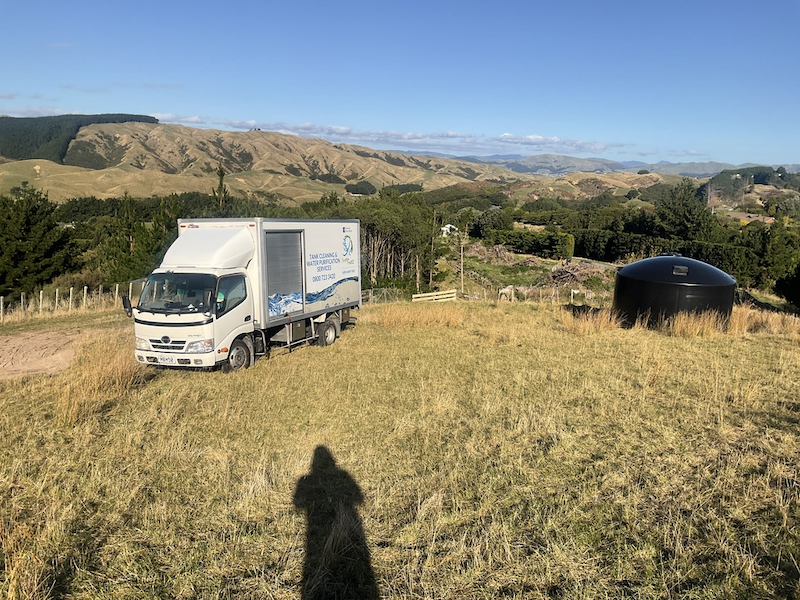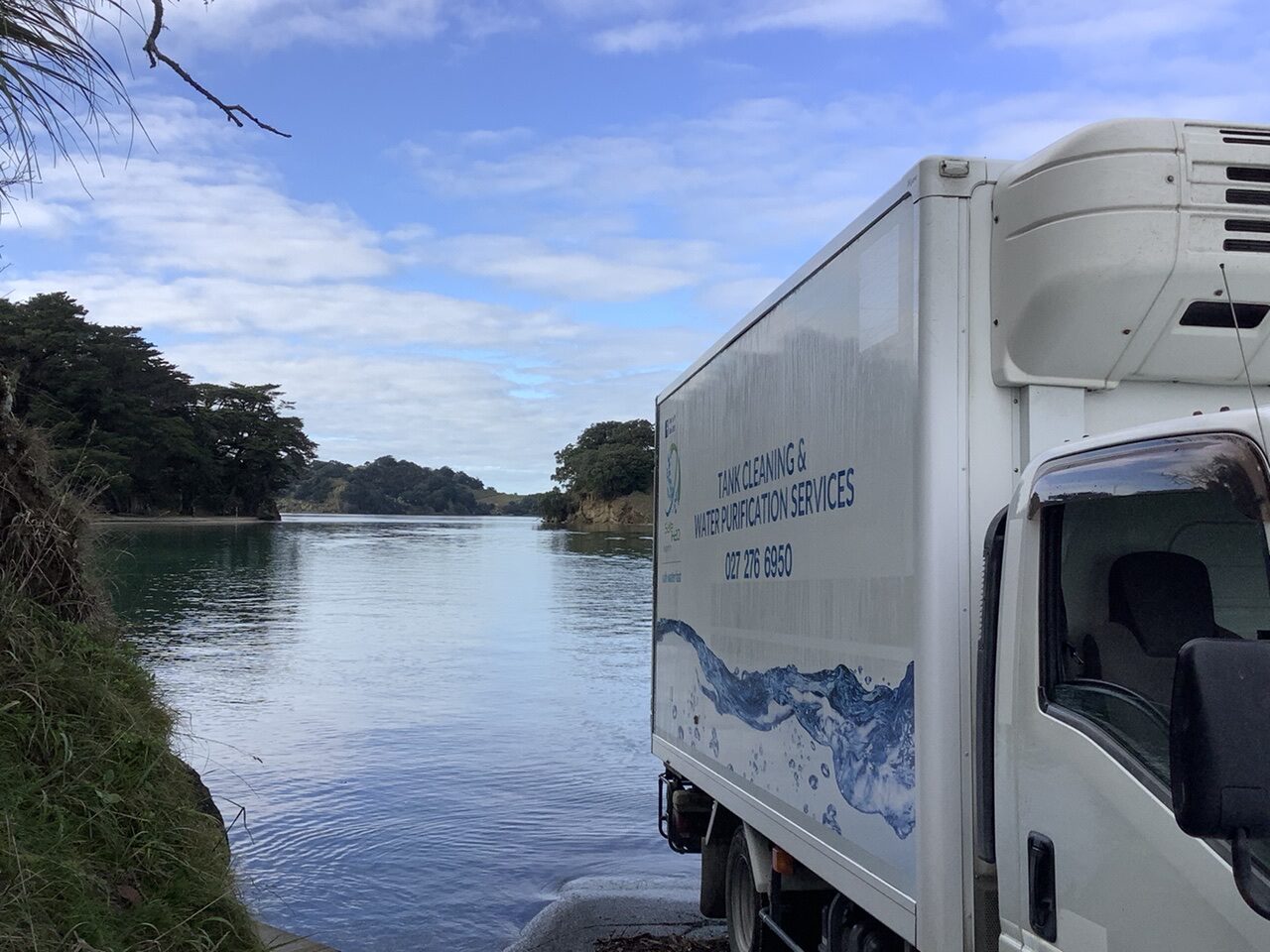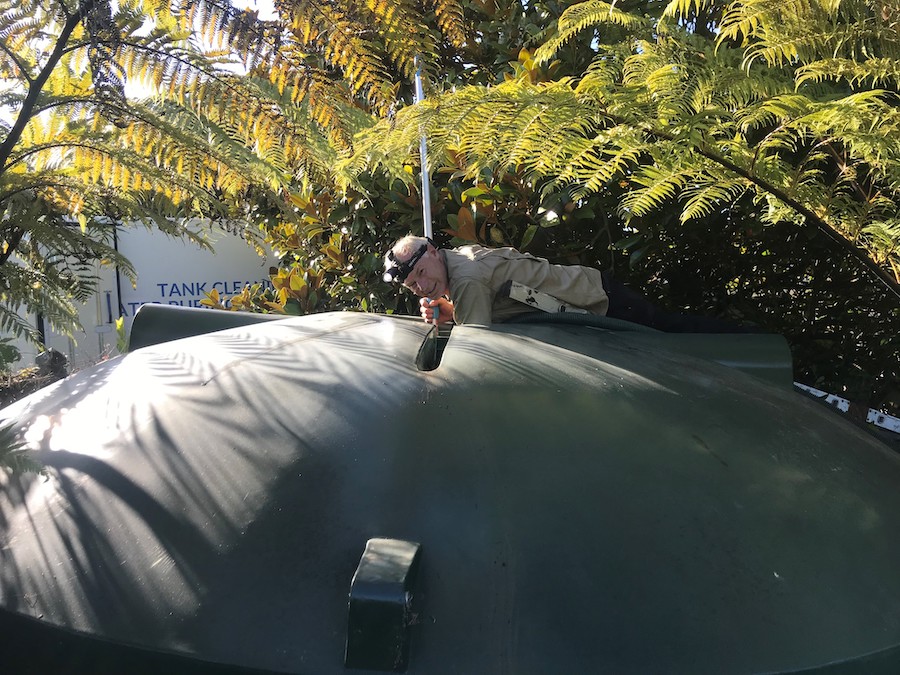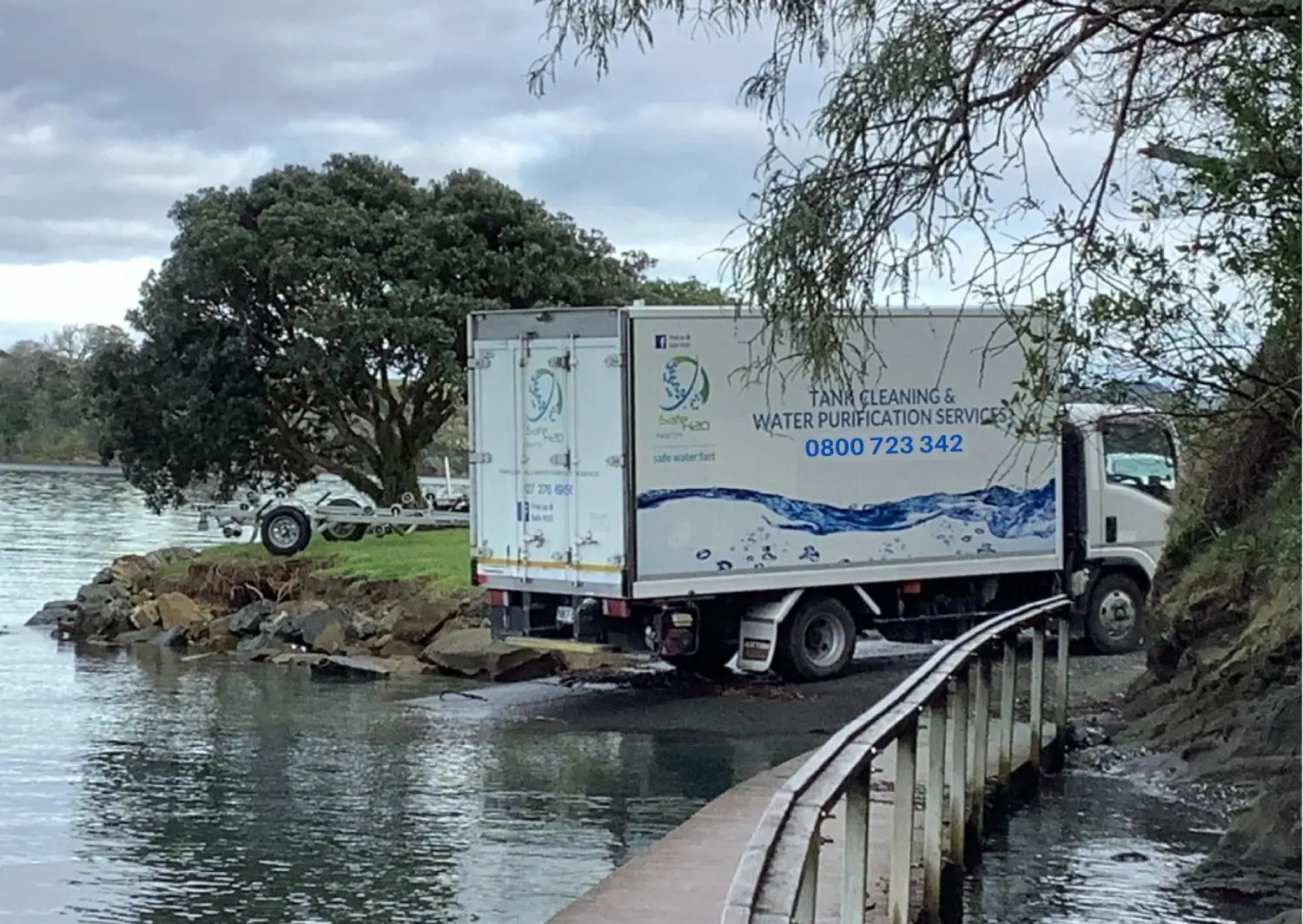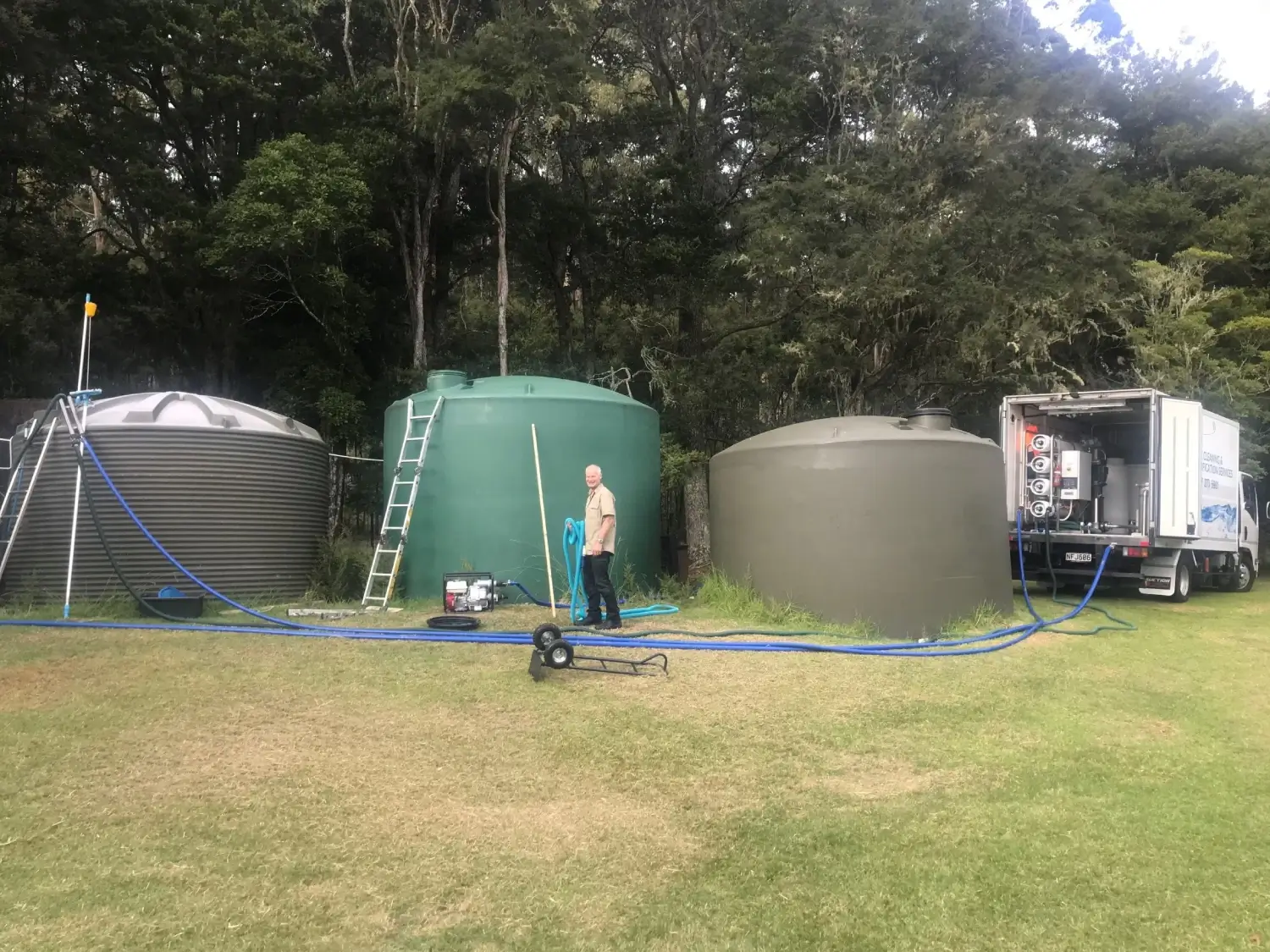The Importance of Regular, Safe Roof and Gutter Cleaning for Rainwater Tanks
When it comes to maintaining a healthy rainwater fed tank, one of the most overlooked aspects is the cleanliness of your roof and gutters. A clean roof and gutters reduce sediment entering your water tank, helping to maintain better water quality.
Understanding how to clean your roof and gutters effectively—and safely—is crucial for keeping your rainwater tank free from harmful contaminants. A key part of this is understanding that when using chemicals to clean their roofs, a common issue homeowners face is the residue from these roof cleaning chemicals contaminating their rainwater supply.
Why Clean Your Roof?
Regular roof cleaning is essential to minimise sediment buildup in your rainwater tank. Over time, roofs accumulate various debris, including but not limited to:
- Bird and animal droppings
- Bird nests
- Animals (both alive and dead)
- Moss and Lichen
- Foliage
- Pollen
- Dirt, dust and sand
These contaminants compromise the quality of the water collected in your tank, making it essential to remove them regularly. While cleaning your roof and gutters cannot and will not prevent all sediment build-up, it will help minimise what gets into the water tank.
Avoiding Chemicals
While it may be tempting to use chemical cleaners for a deep clean, these harsh substances can leach into your rainwater tank over time, leading to irreversible contamination. Even if you follow the instructions for disconnecting downpipes during the cleaning process and leaving them disconnected for a suggested amount of rainfall, chemicals can still be on your roof. It is not an exact science! Once you have reconnected your downpipes, rain runoff can then introduce these chemicals into your tank supply. If contamination occurs, you will face the unfortunate necessity of dumping all that valuable water you’ve collected.
Moreover, chemicals and aggressive cleaning methods can damage your roof, leading to further contamination from materials like paint or off tiles. The goal is to maintain the integrity of both your roof and your rainwater tank.
If you’re thinking about using chemicals, we recommend reading the Safety Data Sheet for the product you propose to use. It can help you decide how comfortable you are with using those chemicals on the surface you source your drinking water from.
Safer Cleaning Alternatives
To protect your rainwater tank, consider adopting less harmful cleaning methods, such as:
- Light water blasting: This can effectively remove debris without damaging your roof.
- Gentle scrubbing: Again, brushing e.g. with a broom, can be a simple and safe way to remove debris without damaging your roof.
- Eco-friendly cleaning solutions: You can use 2 common household items to safely and effectively remove moss and lichen from your roof: Baking Soda or Vinegar. First either combine 2 tablespoons of baking soda with 1 litre of water (Basic solution) or create an equal mix of vinegar and water (Acidic solution). Next, with your chosen Baking Soda or Vinegar solution, spray it on the moss or lichen on a sunny day. After a few days, the decreased or increased pH will kill the moss/lichen for easy removal by brushing. For tougher patches, you can also apply straight vinegar or a high vinegar water concentrate. After a few days, the moss/lichen will dry out and you can easily brush it off.
These alternative methods not only safeguard your tank water supply, but they also minimise environmental impact and can extend the lifespan of your roof, as they are not as harsh as chemical cleaners.
Additionally, we suggest having a scheduled roof and gutters maintenance routine to remind you to regularly clean your roof and gutters. This means there will be less debris to clean off each time you clean, making maintenance easier and reducing the need for chemicals.
The Importance of Disconnecting Downpipes
No matter which cleaning method you choose, disconnecting your downpipes during the roof cleaning process is critical. It is important to check that all down pipes are disconnected and are shifted away from the gutter. This step helps prevent debris such as moss, lichen, and bird droppings from entering your tank supply. Remember, a clean roof is the first line of defence against contamination.
Conclusion
Keeping your roof and gutters clean is a vital part of maintaining a healthy rainwater tank. This goes hand in hand with regular tank cleaning and installing a UV + Sediment filtration system, for optimum protection. For other complementary actions that can help protect your water quality see our blog on Flush Caps, First Flush Diverters and Leaf Diverters.
Roof and gutter cleaning are essential! By using safe cleaning methods and regularly checking for debris, you can minimise contamination and ensure that the water you collect.
In this blog, we'll explore these frequent water tank problems and provide practical solutions to address them effectively
Smoke and soot can contaminate NZ water tanks. Learn how it happens, the health risks, and Safe H2O’s expert tips for cleaning and prevention.
This comprehensive guide examines the benefits and drawbacks of DIY and professional water tank cleaning, enabling you to make the best choice for your home.
Winter’s cooler weather might not have you thinking about your water tank - but it should.
Whether you’re collecting rainwater, drawing from a bore, or tapping into a stream, your water tank is the heart of your...
Whether you’re collecting rainwater, drawing from a bore, or tapping into a stream, your water tank is the heart of your...
How Possums, Rodents, and Birds Get into Your Water Tank – and How to Keep Them Out When thinking about water quality, …
What’s in Your Water? Common Contaminants in NZ Drinking Water Tanks Whether your water comes from rainfall, a bore or a nearby …
Water Tank Cleaning Myths Debunked When it comes to maintaining clean and safe water in your tank, there can be a bit …
Autumn Water Tank Care Tips: Preparing for the Seasonal Change As the crisp air of autumn rolls in, it’s time to think …
Water Tank Cleaning: A Comparison of Traditional vs. Our Innovative Method When it comes to cleaning your water tank, Safe H2O cleans …
UNDERSTANDING FILTRATION SYSTEMS: WHAT IS SEDIMENT AND UV WATER FILTRATION? Your water source likely contains a myriad of sediments and particles, ranging …
Water Tanks 101: A Beginner’s Guide to Clean, Safe Water for Your Property Water tanks are an essential resource for those on …
What can I do before water enters my tank to help minimise my risks? Spring or surface water (streams) will usually be …
When it comes to maintaining a healthy rainwater fed tank, one of the most overlooked aspects is the cleanliness of your roof and gutters.
Flush Caps, Leaf Diverters, and More: Methods to Help Protect Your Water Supply When it comes to maintaining a clean and safe …
In the realm of curious misconceptions, one fascinating myth suggests that eels clean water tanks. While this idea captures the...
Why having ‘Immunity’ to Bad Tank Water is a Bad Thing When it comes to maintaining a healthy home, clean water is …
Safe H2O Collaborates with Isaac’s Plumbing, Pumping and Electrical Here at Safe H2O, we aim to provide exceptional advice, service, and support …
How Often Do New Zealand Schools Need to Clean Their Water Tanks? Here in NZ, managing water supplies, including water tank maintenance …
What is Cryptosporidium and How to Keep Your Water Safe What is Cryptosporidium? In simple terms, Cryptosporidium is a tiny parasite that …
Why you should use a Water Tank Cleaning Specialist Well maintained water tanks are the backbone of clean water storage and supply …
Guarding Against E. coli: Essential Strategies for Ensuring Safe Water Tank Systems Water tanks are an essential source of clean drinking water …
5 Top Reasons to Keep Your Water Tank Clean in New Zealand Cleaning your water tanks is something that’s probably not always …
Autumn Alert: Why Now is the Perfect Time to Clean Your Water Tank As the autumn leaves are about to fall and …
What are my Legal Obligations for water tank cleaning in New Zealand? Taumata Arowai is the new Water Services Regulator for Aotearoa …
Top signs your water tank needs cleaning – Don’t ignore these red flags Your water tank is a vital component of your …
How Often Should I Clean My Water Tank in New Zealand? If you are one of the thousands of New Zealanders with …
The Risks of Cleaning Your Water Tank with Janola or Household Bleach Should you use Janola to clean your water tank? Here …
12 Ways to Save Your Tank Water Worried about your water tanks running empty? Rainfed tank water is a limited supply and …
How much does it cost to clean my water tank? The cost of cleaning a typical New Zealand water tank depends on …

